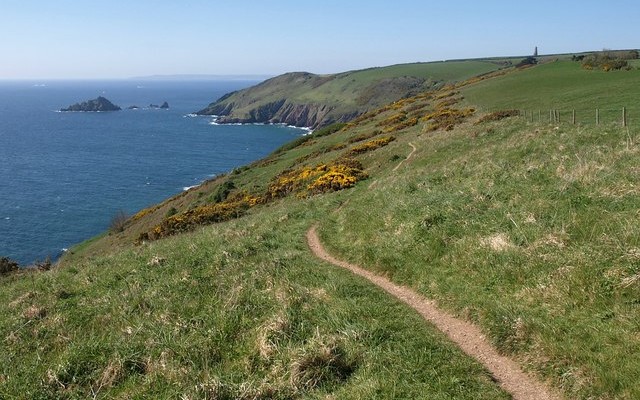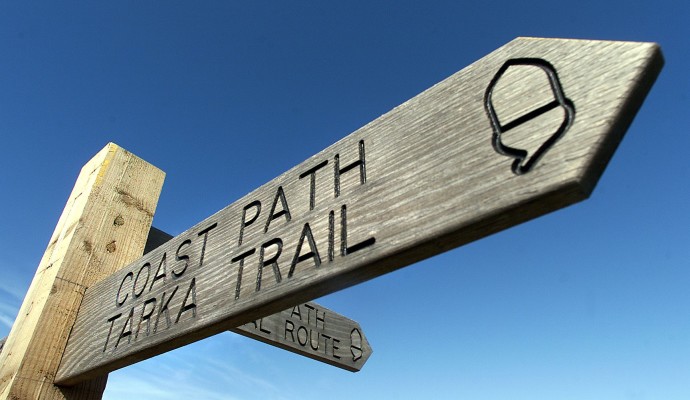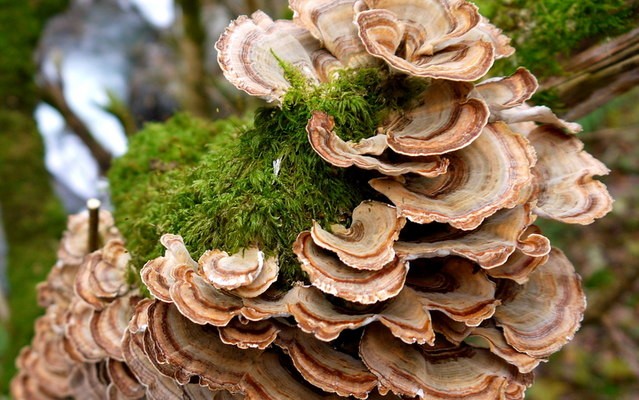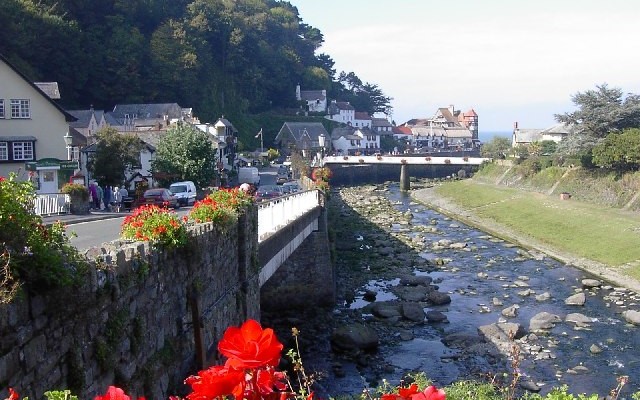Interesting information
The Lynmouth area falls within Exmoor National Park, it is also a Site of Special Scientific Interest.
Information on the floods can be found in the Power of Water Exhibition at Glen Lyn Gorge in Lynmouth.
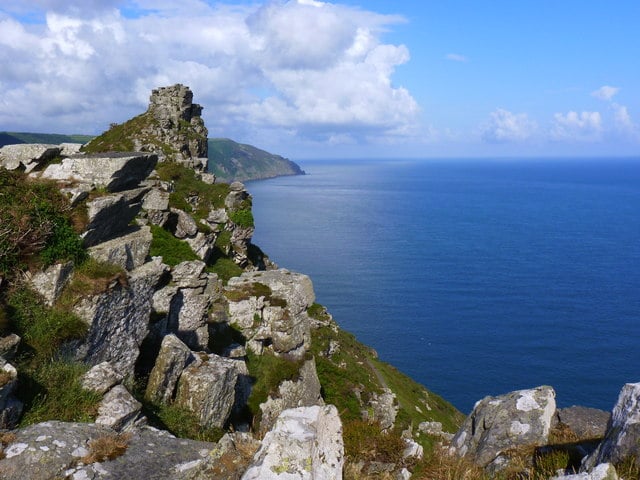
This area on the beautiful coast of Exmoor National Park is home to a number of fascinating geological features.
To the west of Lynton is the famous Valley of the Rocks. The site has excellent exposures of the Lynton Beds which are rich in fossils and are some of the oldest Devonian rocks in north Devon. However, it is perhaps the topography of the site that is most dramatic, with many classic landforms on show. These include a dry valley and a number of periglacial features demonstrating the effects of the freezing temperatures present here during the Ice Age when glaciers reached as far south as the north Devon coast.
To the east, at Lynmouth, a large boulder fan can be seen extending into the Bristol Channel from the mouth of the East and West Lyn rivers. This bears witness to major flooding over thousands of years and in particular to the disaster of August 1952 following a period of very heavy rainfall. Water flowed in sheets over the surrounding open moors and the resulting volume of water – estimated to be the equivalent of three months discharge of the River Thames – moved over 50,000 tonnes of boulders, some of more than 10 tonnes each. Many of these boulders can still be seen in the river beds and other features associated with the flood, such as boulder field deposits, can still be observed in the upper valleys.
On foot: the South West Coast Path runs through Lynton and Lynmouth.
By bus: a number of services are available from nearby towns, including Barnstaple, Ilfracombe and Combe Martin, see the Travel Devon website for the latest times.
By road: follow the A399 from Ilfracombe and Combe Martin, or north from the A361, then take the A39 towards Lynton and Lynmouth.
The Lynmouth area falls within Exmoor National Park, it is also a Site of Special Scientific Interest.
Information on the floods can be found in the Power of Water Exhibition at Glen Lyn Gorge in Lynmouth.

